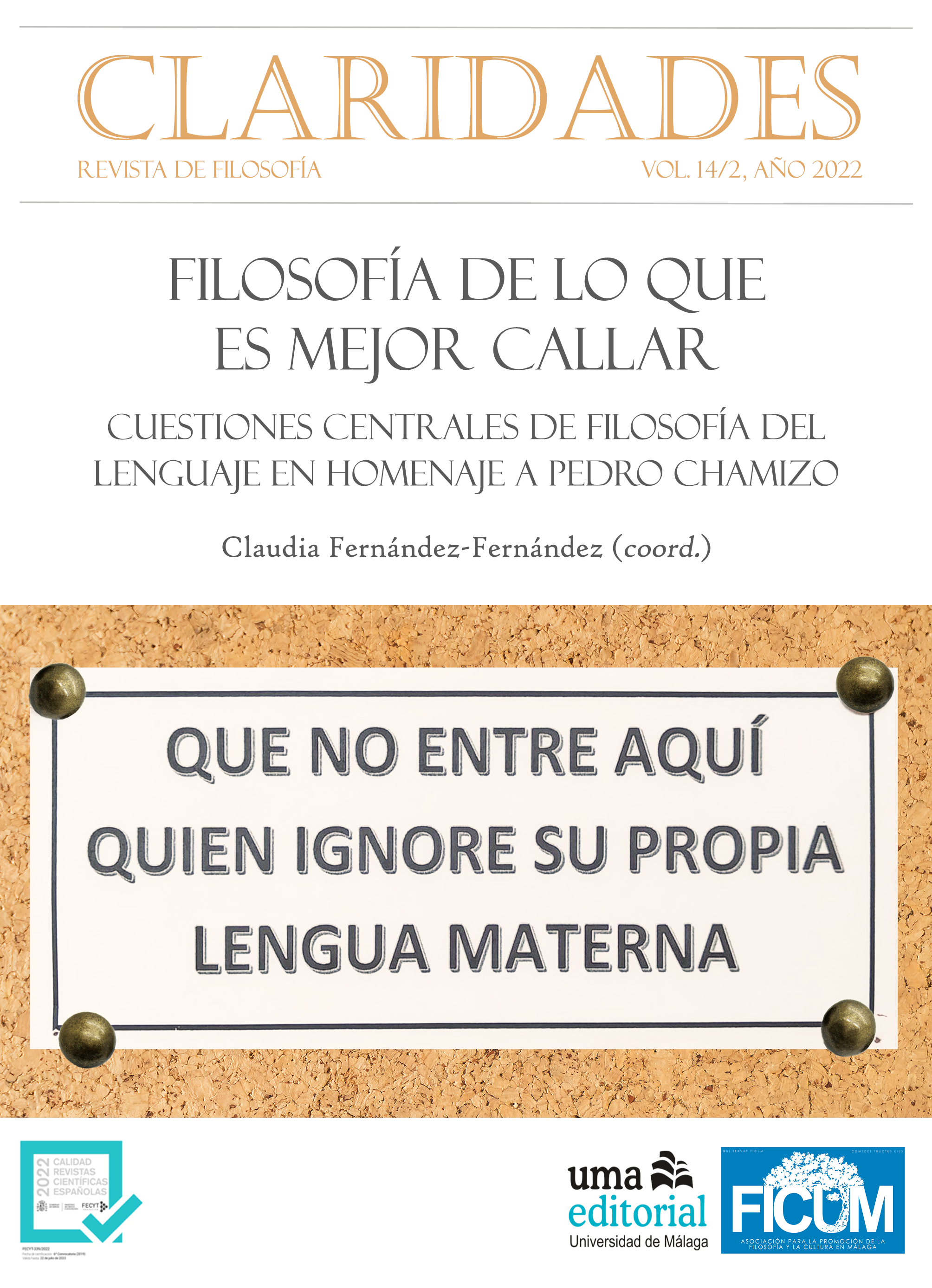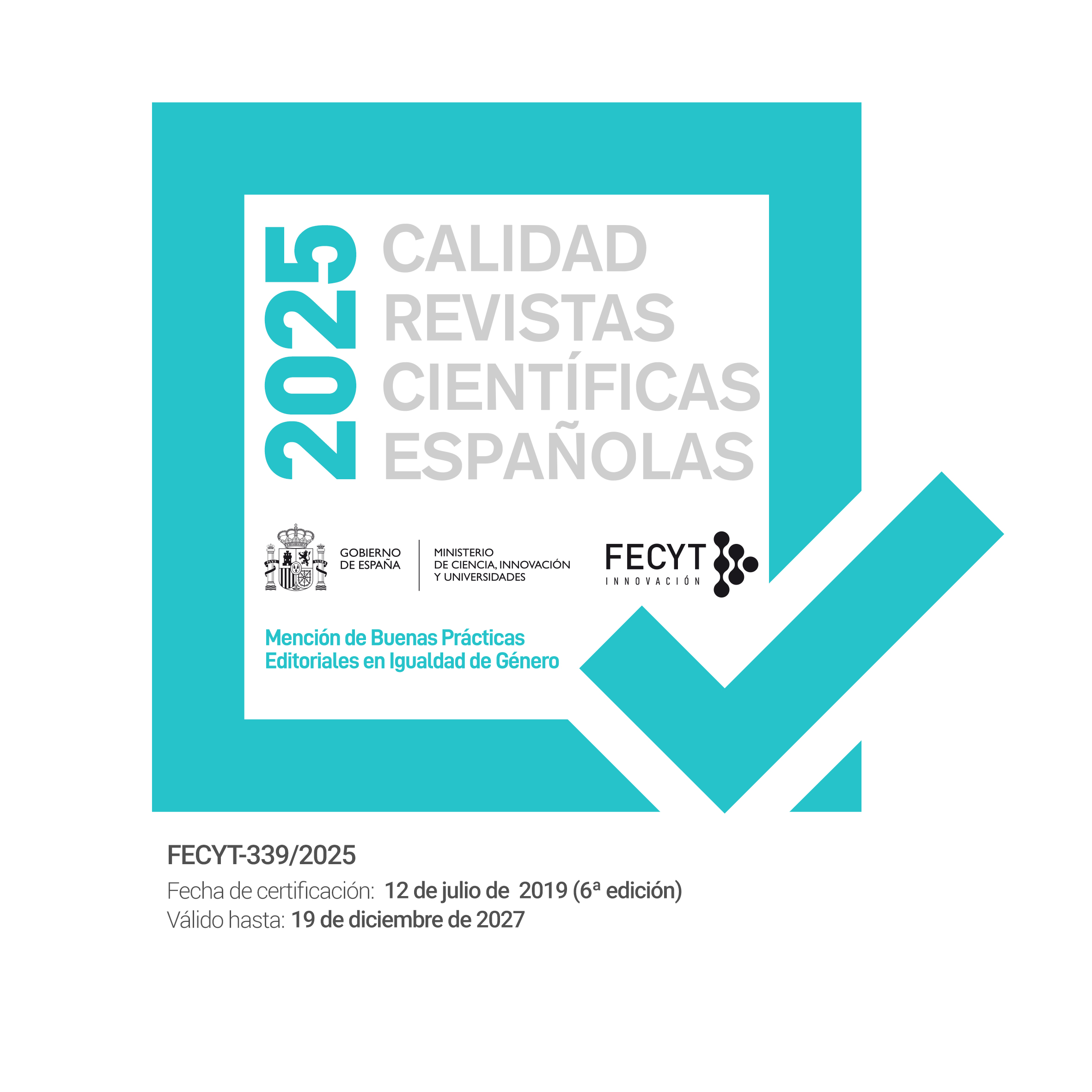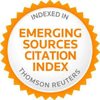Escuchando al universo
DOI:
https://doi.org/10.24310/Claridadescrf.v14i2.13668Palabras clave:
Escucha, Obediencia, Alteridad, Gramática, Metáfora, Metonomia, ComunicaciónResumen
El presente artículo se centra en la escucha conceptualizada como un proceso activo de percepción, sin límites fijos, directamente conectado con el pensamiento, y destacando los fundamentos éticos de la comunicación. En general, se discute la escucha como la característica primaria y auténtica del ser con un doble movimiento: hacia el Otro y hacia uno mismo. Se enfatiza un vínculo estrecho entre la obediencia y la escucha, lo que se demuestra empleando el equivalente ruso del verbo “obedecer” y las peculiaridades de sus casos. La naturaleza dinámica de la escucha también se analiza en términos de metáfora (transferencia basada en la similitud) y la metonimia (transferencia basada en la contigüidad). Se argumenta que escuchar revela la naturaleza liminal y sagrada de la comunicación.
Descargas
Métricas
Publicación Facts
Perfil de revisores N/D
Información adicional autores
Indexado: {$indexList}
-
Indexado en
- Sociedad Académica/Grupo
- N/D
- Editora:
- Asociación para la promoción de la filosofía y la cultura en Málaga (FICUM) y UMAEditorial
Citas
Benjamins, W. and A. Lacis. (1978). ‘Naples’, reflections: Essays, aphorisms, autobiographical writings. New York: Schocken.
Buslaev, F.I. (1875). Istoricheskaya grammatika russkogo yazyka [A historical grammar of Russian language]. No place: Izdatel’stvo br. Salaevykh.
Carpenter, E., & McLuhan, M. (Eds.) (1960). Explorations in communication: An anthology. Boston, MA: Beacon Press.
Dolar, M. (2006). A voice and nothing more. Cambridge, Mass.: MIT Press.
Fletcher, P. and C. O'Toole (2016). Language development and language impairment: A problem-based introduction. Malden, MA: Wiley-Blackwell.
Hartwig, M. (2015). “Style.” In M. K. Hartwig (ed.), A Companion to Ancient Egyptian Art. Malden, MA: Wiley-Blackwell, pp. 39-59.
Heidegger, M. (1966). Being and time: A translation of Sein und Zeit. New York: SUNY Press.
Heidegger, M. (2018). Heraclitus – the inception of occidental thinking and logic. Heraclitus’ doctrine of the Logos. New York: Bloomsbury.
Figal, G. (ed.). (2009). The Heidegger reader. Bloomington, IN: Indiana University Press.
Jakobson, R. (1935). “Marginal notes on the prose of the poet Pasternak.” In D. Davie and A. Livingston, (eds.), Pasternak: Modern judgments. Glasgow: Macmillan, pp. 135-151.
Lipari, L. (2010). “Listening, thinking, being.” Communication Theory, 20, pp. 348-62.
Lipari, L. (2020). “Phenomenological Approaches.” In D. Worthington and G. Bodie (eds.), The Handbook of Listening. Hoboken, NJ: John Wiley & Sons, Inc., pp. 27-40.
McLuhan, M. (2004). “Visual and Acoustic space.” In C. Cox and D. Warner (eds.), Audio Culture: Readings in Modern Music. New York and London: Continuum, pp. 67-72.
Paducheva, E. (2010). Semantichekie issledovaniya [Semantics investigations]. Moscow: Yazyki slavyanskoi kul’tury,
Peshkovskii, A.M. (1962). Russkii sintaksis v nauchnom osvechenii [Russian syntax in the scientific light]. Moscow: Yazyki slavyanskoi kul’tury.
Ratcliffe, K. (1999). “Rhetorical listening: A trope for interpretive invention and a ‘code of cross-cultural conduct’. College Composition and Communication, 51, 2.
Rorty, R. (1979). Philosophy and the mirror of nature. Princeton, NJ: Princeton University Press.
Rothenbuhler, E. (1998). Ritual communication: From everyday conversation to mediated ceremony. Thousand Oaks, CA: SAGE.
Rozental’, D. (1997). Russkii yazyk [Russian language]. Moscow: Airis.
Worthington, D. and G. Bodie (eds.). (2020). The handbook of listening. Hoboken, NJ.: John Wiley & Sons, Inc.
Yanko-Trinitskaya, N. (1962). Vozvratnye glagoloy v sovremennom russkom yazyke [Reflexive verbs in the modern Russian language]. Moscow: Academy of Sciences.
Zaliznyak, ?. (2013). Grammatichekii slovar’ russkogo yazyka [A grammar dictionary of the Russian language]. Moscow: MTSNMO.
Descargas
Publicado
Cómo citar
Número
Sección
Licencia
Esta revista provee acceso libre inmediato a su contenido bajo el principio de hacer disponible gratuitamente la investigación al público. Todos los contenidos publicados en Claridades. Revista de Filosofía, están sujetos a la licencia Creative Commons Reconocimento-NoComercia-Compartirigual 4.0 cuyo texto completo puede consultar en <http://creativecommons.org/licenses/by-nc-sa/4.0>
Es responsabilidad de los autores/as obtener los permisos necesarios de las imágenes que están sujetas a derechos de autor.
Los autores/as cuyas contribuciones sean aceptadas para su publicación en esta revista conservarán el derecho no exclusivo de utilizar sus
contribuciones con fines académicos, de investigación y educativos, incluyendo el auto-archivo o depósito en repositorios de acceso abierto de cualquier tipo.
La edición electrónica de esta revista esta editada por la Editorial de la Universidad de Málaga (UmaEditorial), siendo necesario citar la procedencia en cualquier reproducción parcial o total.


















6.png)
